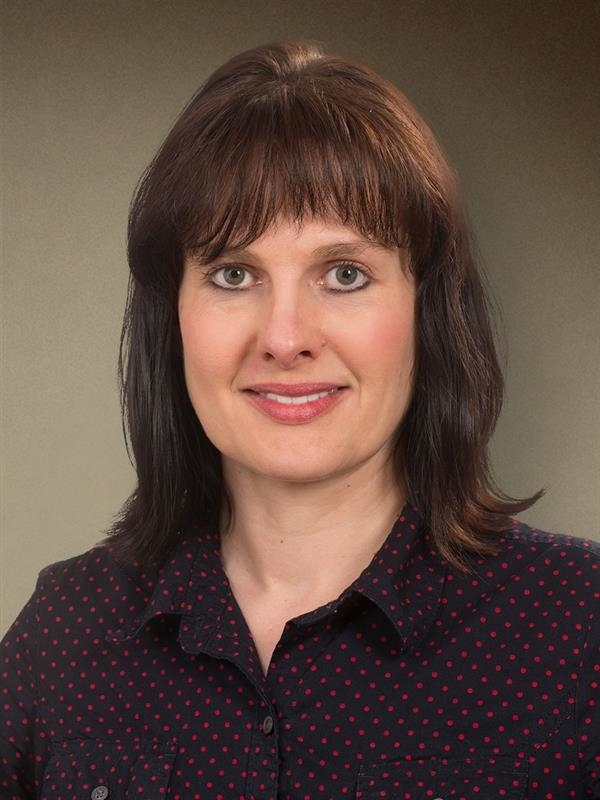As we approach the end of another calendar year, it’s time for Canadian farmers to evaluate how 2022 went and begin planning for next year.
What will your profit be for 2022? How do you calculate it? If you finish the year with a loss, how are you financing the loss? And perhaps most importantly, where are you allocating the profits?
Farmers and industry professionals calculate this in various ways. Any farm can do the math, but those who are financially prudent and disciplined will step back and purposefully allocate the current year’s profits / losses before getting into the next year. Immediately post-harvest is the best time to work it out and allocate it. Otherwise, the funds you need for next year could get lost in places you hadn’t intended.
The benefits of early financial measurement and allocation
If you farm storable crops, you will likely need to do some marketing to turn those commodities into cash. If you produce grains and oilseeds, you may not realize the full cash revenues until summer 2023 (10 months afterwards). Then, if your bank account is measurably bigger than it was in the summer of 2022, you can assume you had some profit the year before. If it’s smaller, then you can assume one of two things — you either had a loss in 2022, or you had already spent more than you earned last year, either personally or on capital in the business. By then it’s too late to plan for where the 2022 profits or losses will go, they will have taken care of themselves (possibly in places you had not intended).
That’s why working out your 2022 profit now is critical. To wait until your accountant prepares your financials six months from now puts you at a significant disadvantage. Knowing what your surplus (or deficit) is now allows you to allocate it to your balance sheet properly, aligning this action with your short-term and long-term goals.
Also worth noting: if you haven’t marketed all your production, you will want to update your cost of production now and understand the profit you have at current and future prices, so you can market better.
If you are suffering a loss, you’re better off knowing this now rather than later, when the “cash runs out.” Waiting makes it more difficult to secure proper financing, and you’ll be at the mercy of creditors.
How to manage profits and losses
There are three ways to deal with losses. A consultant or accountant can help you understand your position and which scenario best applies to you.
- If you have a decent cash position, you can leverage cash to “finance” the loss.
- If your cash measures weren’t strong at the start of 2022, you will likely need to fund the loss with additional short-term financing, if available.
- If your cash flow was negative, you will likely have to negotiate a restructure with the bank.
If your farm was profitable in 2022, you have four places to allocate the profit:
- Let it improve your cash flow for the following year.
- If your cash flow was strong, you can pay down some debt.
- If your farm’s debt is low or non-existent, you may look to finance capital investment or expansion (i.e. land, breeding herd, infrastructure).
- Spend the profits personally. This option also comes with the caveat that you should discuss your personal tax situation with your accountant. You may think this doesn’t apply to colonies, but it certainly does — your communities plan for schools, kitchens, churches, and housing.
Your approach to handling profits and losses is unique to your situation and doesn’t need to be overly complex. The key is to avoid getting wrapped up in the day-to-day operations of your business without taking the time to step back and evaluate the financial results of the operations, to ensure you’re on track to achieving your personal and business goals.
Overseeing your financial future
It’s critical that farm owners and managers do this exercise. It’s perhaps even more important for colony members so that everyone is on the same page in understanding where their farm is at and how the group will plan for the future together. In a future article, we will discuss the need for colony members to understand their potential profit and targets before the production cycle begins again.







